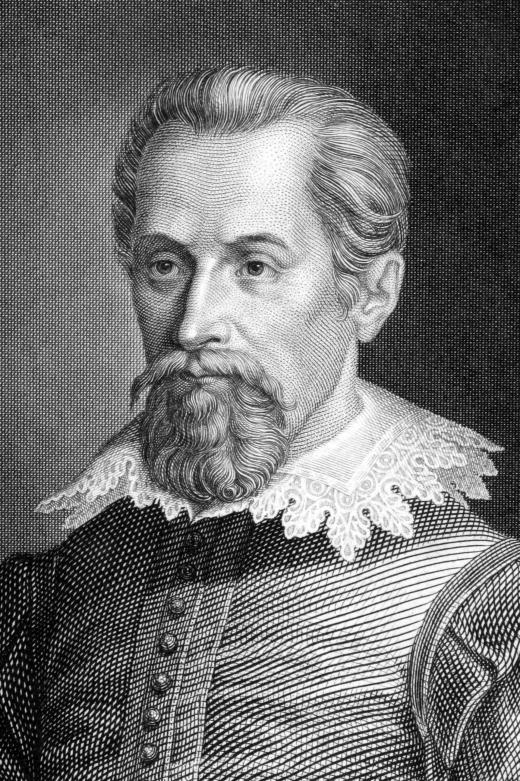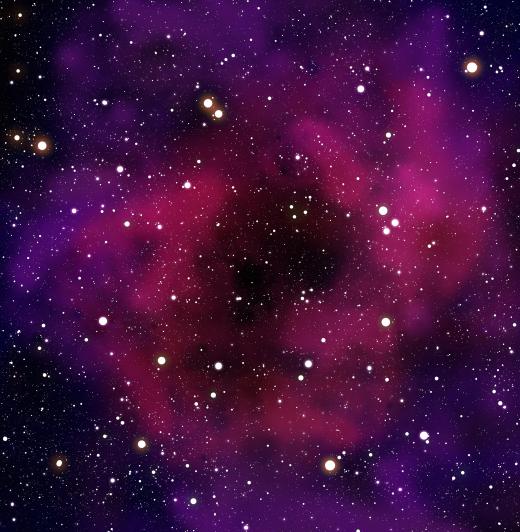What Is Olbers' Paradox?
Olbers’ Paradox, also known as the dark night sky paradox, is the name given to the problem of explaining why the sky is dark at night. The puzzle was first posed at a time when it was assumed that the universe was static, infinite in extent and infinitely old. Based on these assumptions, it would seem that the sky should be bright, as there would be an infinite number of stars that would cover every point in the sky. The paradox is named after Heinrich Olbers, who, in 1826, stated that every line of sight would end at a star, making the sky bright. The problem, however, had come up several times previously in the history of astronomy, going back to the 16th century.
The earliest known reference to the paradox comes from the astronomer Thomas Digges in 1576, who encountered the problem in his description of an infinite universe with a random distribution of stars. In 1610, Johannes Kepler cited what was to become known as Olbers’ paradox to show that the universe must be finite. There seemed to be a problem with a finite universe, however, which was that it would collapse in on itself due to the gravitational attraction of the stars and planets within it. Most astronomers therefore assumed that the universe was infinite and so the paradox remained.

Initial suggestions that most of the stars were too far away to be seen were quickly rejected. If the universe was infinitely old, light from stars would have an infinite amount of time to reach us, so even the most distant stars would contribute to a bright sky. It can be shown mathematically that for an infinite universe with evenly distributed stars, the whole sky must be as bright as an average star. The brightness of stars diminishes with distance, but the number of stars increases with distance, without limit in an infinite universe. The effects cancel out, leaving a bright sky.

Various further attempts were made to solve the puzzle over the next few hundred years. One early attempt at an explanation was that most starlight was obscured by dust. While it is true that dust clouds in our galaxy block large areas of it from view, if there were an infinite number of stars, eventually all the dust would heat up and glow, just like the stars.
Another suggestion was that the stars were not distributed randomly, but were arranged in groups with large voids in between. We now know that this is, in fact the case: stars are grouped into galaxies, which are grouped in clusters and superclusters. On the largest scale, however, the universe is homogenous and Olbers’ paradox, as described by Olbers himself, states that every line of sight must end at a star. Phrased this way, it is clear that a non-random grouping of stars could only account for the dark sky if the stars happened to be lined up behind one another, blocking one another’s light — a scenario no one could take seriously.
It was not until the discovery by Edwin Hubble, in 1929, that the universe is expanding that a resolution to Olbers’ paradox presented itself. It is now known that the observable universe is expanding at a rate that increases with distance and, looking backward in time, we arrive at a point of tiny volume and huge density. This gives two reasons why the sky is dark. The first, and most important, reason is that the universe has a finite age, so there would not have been time for the light from stars beyond a certain distance to reach us. A second reason is that the expansion of the universe results in a Doppler shift in the light from stars that increases with distance; beyond a certain distance, all the light would be shifted beyond the visible spectrum, rendering any stars invisible.
AS FEATURED ON:
AS FEATURED ON:












Discuss this Article
Post your comments